-
Posts
15379 -
Joined
-
Days Won
4
Content Type
Profiles
Forums
Store
Downloads
Recruiting - 2020
2019-2020 Football Season
Football
Entertainment
Sports
News and Business
Cloak Room
Transfer Portal
Recruiting
Events
Posts posted by satyanash
-
-
Every year I underestimate Arkansas. About to knock out SJU
-
57 minutes ago, DFW Horn said:
Yes, of course, Ole Miss is gonna handle Carolina easily in Round 1.
FML 😖
Not quite. They're collapsing
-
-
What a humiliating end to a humiliating season
-
No stops whatsoever
-
-
-
This is going to be Barnes' fourth straight victory against us
-
 1
1
-
-
-
-
We are going to get crushed in OT. No chance
-
Another collapse, and it will be RT's final one as the head coach of Texas. Same as it ever was.
-
-
18 hours ago, cabowabo said:
The real Luftwaffe watches were 55mm, and several thousand dollars now, so that was out of the question. Laco also makes this watch in a 39mm version, but that’s too small for what this watch is pretending to be.
Those Luftwaffe watches were also worn over the sleeves/gloves of a navigator's outfit. On a bare wrist it would look as oversized back then as it does today.
-
-
10 minutes ago, shadow_operative2.0 said:
Yowza.
What a waste. Should have traded him to the Rams for Cooper Kupp and a bag of chips.
Spoiler
-
-
India have collapsed from 106/0 to 122/3 in the chase. Incredible catch by Glenn Phillips has triggered a meltdown
-
Target of 252 for India in the final. Shami and Pandya's awful death bowling undid the good work done by the spinners.
-
-
-
1 hour ago, The_Great_Hornsby said:
I am pretty confident Texas will pull this out in the 2nd half. We cant play worse than that.
1 hour ago, ATXbronco said:Tre will have a good second period.

-
 2
2
-
 1
1
-
 4
4
-
 1
1
-
-
FFS Worthy

-

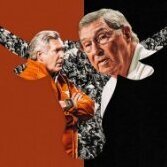
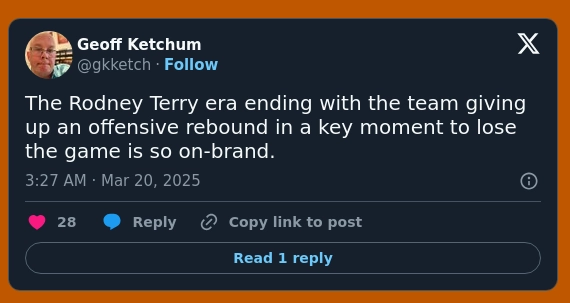
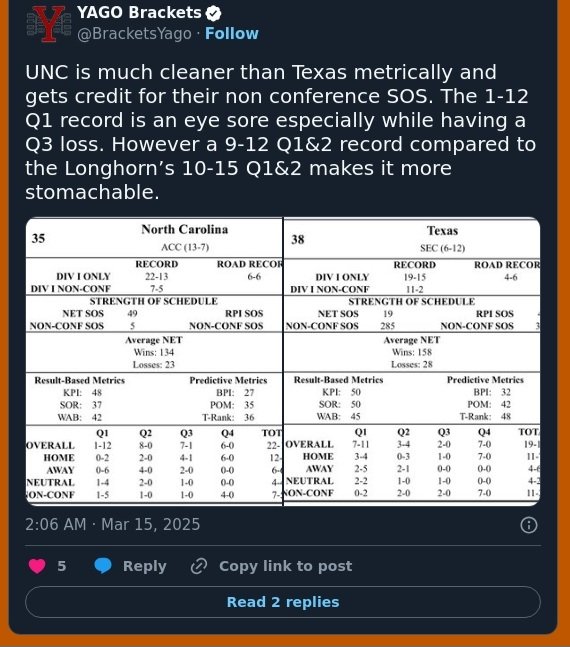
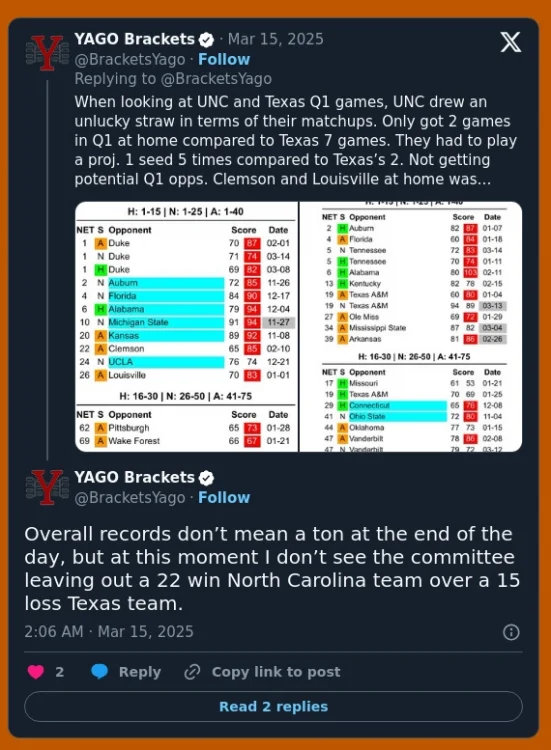
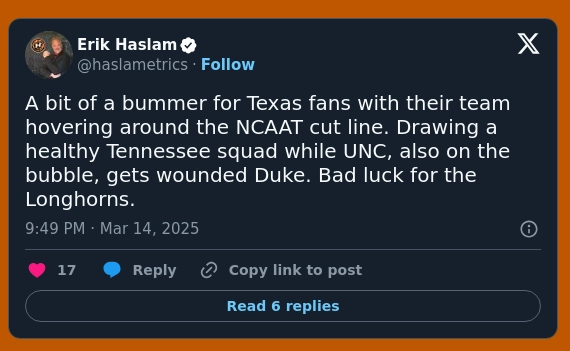

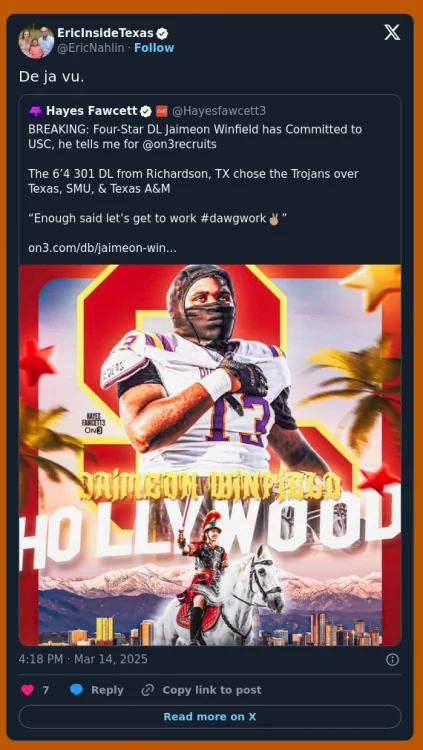
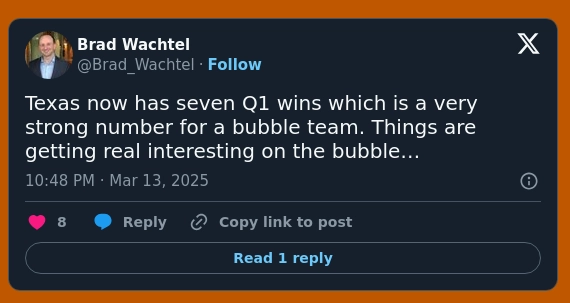

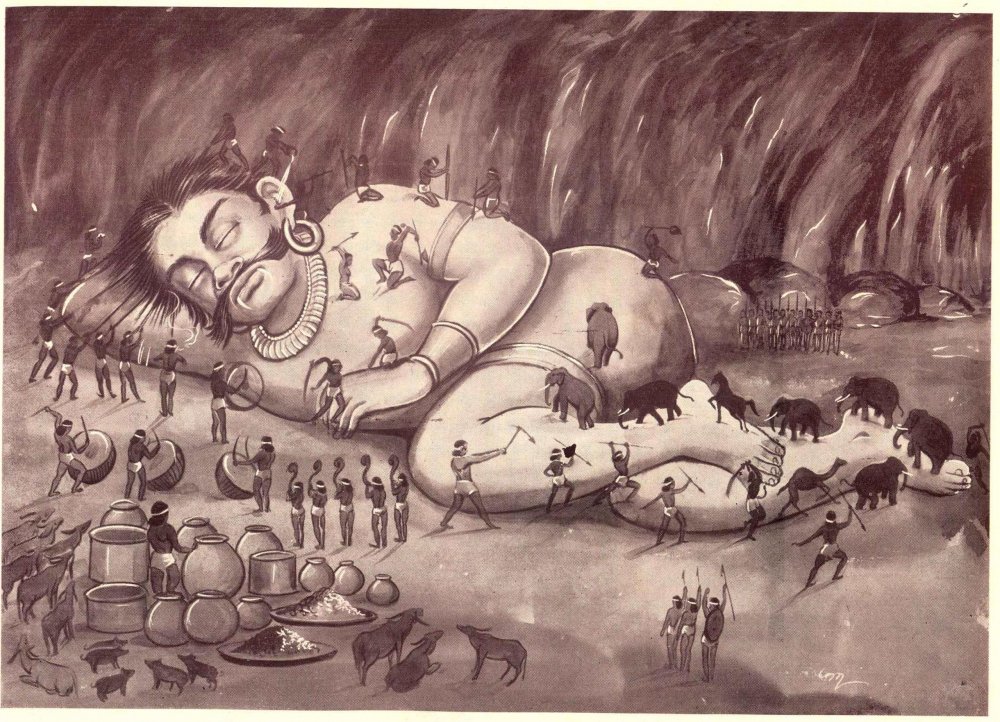
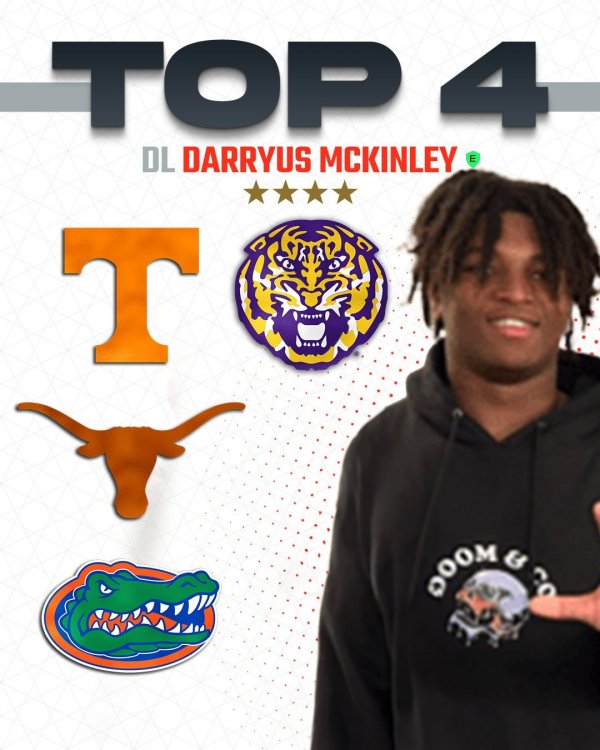


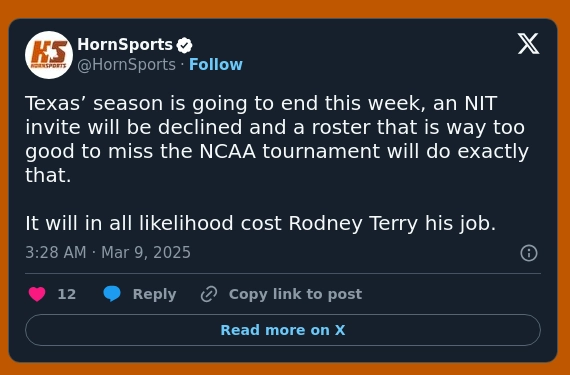
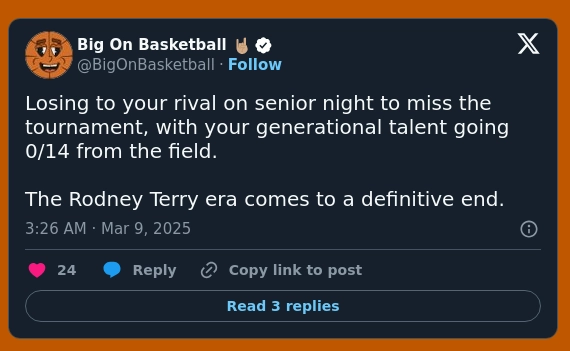
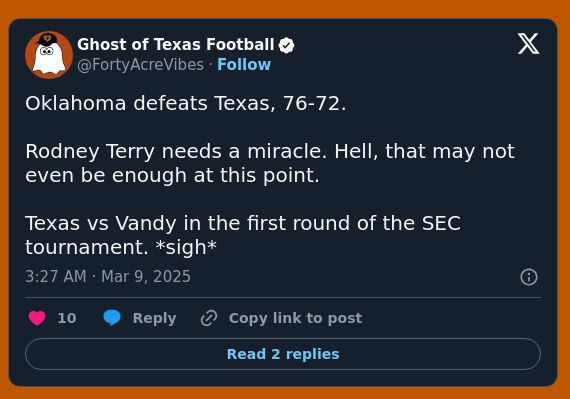
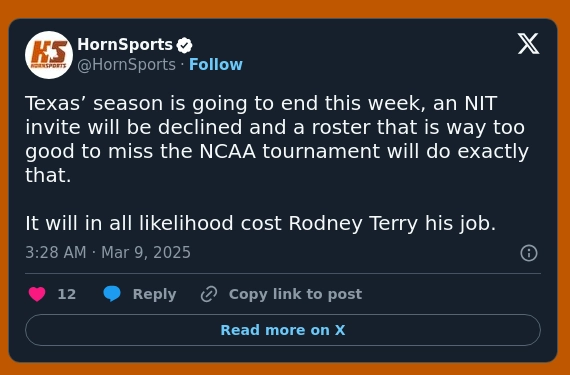

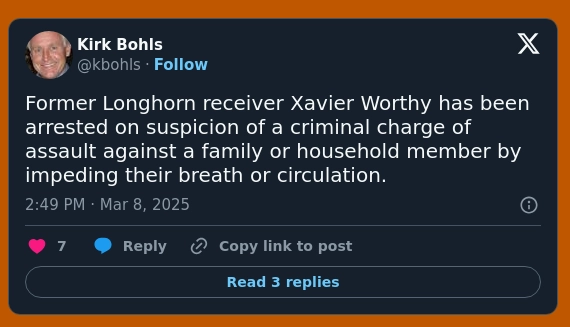
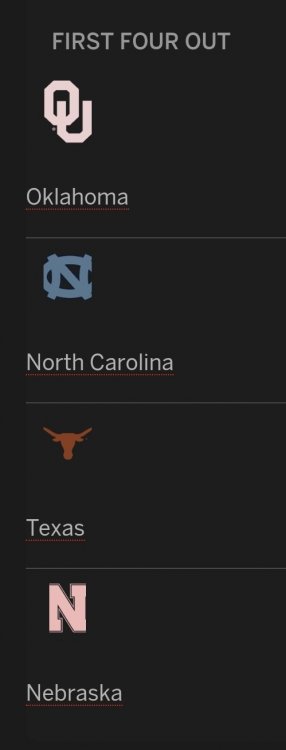
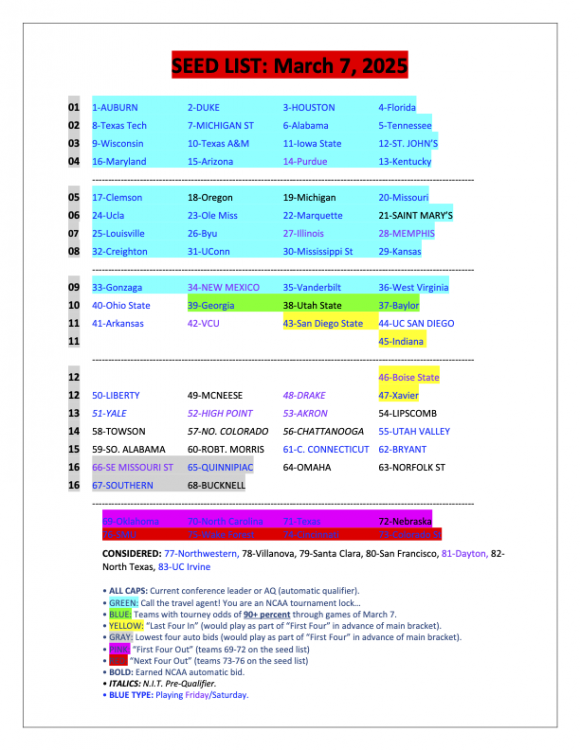
2025 NCAA Tournament - 2nd Round Games
in Basketball
Posted
That'll do it.